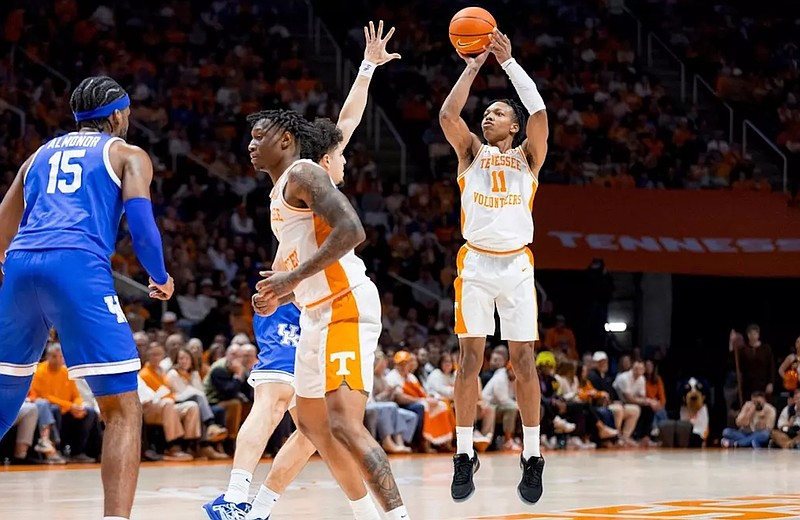Mailbag: Should Cowboys Switch to 3-4 Defense for Micah Parsons?
As the Dallas Cowboys head into the 2025 season, one of the hottest debates among fans and analysts alike is whether the team should consider switching to a 3-4 defensive scheme to maximize the talents of their star linebacker, Micah Parsons. Parsons, widely regarded as one of the most versatile and explosive players in the NFL, has been used primarily as a 4-3 outside linebacker, but his unique skill set and ability to impact the game in multiple ways have led many to wonder if a scheme change could unlock even more potential for both him and the team’s defense as a whole.
The Cowboys’ defense, under defensive coordinator Dan Quinn, has been largely effective, with Parsons flourishing in his current role. However, with new developments and growing expectations surrounding the team’s defense, could a shift to a 3-4 system benefit Parsons and the Cowboys? Let’s dive into the pros and cons of such a move and examine whether it makes sense for Dallas going forward.
Why a 3-4 Defense Might Be a Good Fit for Micah Parsons
Micah Parsons is often described as a chess piece on the defensive side of the ball—his versatility allows him to line up in a variety of spots, whether it be rushing from the edge, dropping into coverage, or playing as a traditional linebacker. The 3-4 defense could potentially maximize these skills by giving Parsons the freedom to attack from a variety of positions and create mismatches against opposing offenses.
1. Unlocking Parsons’ Pass-Rush Potential
One of Parsons’ most notable strengths is his pass-rush ability. While he has excelled as a 4-3 edge rusher, his skill set suggests that a 3-4 system could offer even more opportunities for him to attack the quarterback. In a 3-4 defense, Parsons could line up as a stand-up edge rusher, similar to how some of the NFL’s best pass rushers, like Von Miller or T.J. Watt, are deployed in a 3-4 scheme.
In this system, Parsons would have the freedom to move around the field and create confusion for the offensive line. Instead of being stuck in a fixed position, Parsons could attack from the outside, the inside, or even occasionally drop into coverage, making it more difficult for the opposing team to predict his movements. This constant uncertainty would likely allow him to capitalize on mismatches, especially against offensive linemen who are not accustomed to dealing with such an athletic and dynamic player.
2. Better Coverage and Flexibility
Parsons’ ability to drop back into coverage is one of the underrated aspects of his game. As a 3-4 linebacker, he would be asked to cover running backs, tight ends, and sometimes even wide receivers, a skill that could be better utilized in a scheme where he’s not tied to a traditional pass-rushing role. In the 3-4, Parsons could serve as a hybrid linebacker who can cover ground, diagnose plays quickly, and disrupt the quarterback’s timing with quick blitzes or coverage plays.
With more freedom to roam, Parsons could impact the passing game more than he currently does. In a 4-3 system, he often spends a lot of time rushing the passer or playing in run support. In a 3-4, he could balance both roles, making it harder for quarterbacks to read the defense and increasing the chances for game-changing turnovers.
3. Creating Mismatches with Opposing Offenses
The versatility of a 3-4 defense could create more mismatches for opposing offenses, especially when it comes to Parsons. In this alignment, Parsons would often be paired with other disruptive players like Leighton Vander Esch, who could also take on a more flexible role as a 3-4 inside linebacker. The Cowboys would have the ability to bring pressure from various angles, allowing them to disguise blitzes and confuse the quarterback.
Additionally, the Cowboys could place Parsons in different spots on the field depending on the situation, making it harder for offensive linemen and tight ends to keep track of him. He could rush from the inside in obvious passing situations or move to the outside for more traditional pass-rushing situations. With an ever-evolving and unpredictable scheme, the Cowboys could cause more havoc in opposing backfields, putting greater pressure on quarterbacks and offensive lines.
Why the 4-3 Defense May Still Be the Best Option for the Cowboys
While the idea of switching to a 3-4 defense to take advantage of Micah Parsons’ talents is compelling, there are several reasons why the Cowboys may want to stick with their current 4-3 system. The 4-3 defense has served them well under Dan Quinn, and there are several important factors to consider when weighing whether to make the switch.
1. Parsons is Already Thriving in the 4-3
Parsons has already proven to be one of the most disruptive players in the NFL in the 4-3 defense. In his first two seasons, he’s recorded 26 sacks and has consistently ranked among the league leaders in pressures and tackles for loss. His ability to rush the passer as a 4-3 outside linebacker is unparalleled, and it would be difficult to argue that a switch to a 3-4 would significantly increase his production.
In the 4-3 defense, Parsons is often lined up as a pass-rushing outside linebacker, which allows him to focus on what he does best: hunting down the quarterback. His explosiveness off the edge and ability to turn the corner make him a nightmare for offensive tackles, and the Cowboys have been able to put him in positions where he’s consistently wreaking havoc in the backfield.
With the Cowboys already getting elite production from Parsons in this role, it’s hard to argue that a change in scheme would yield better results for him. If it ain’t broke, don’t fix it.
2. The Importance of Defensive Line Play in a 3-4 Defense
In a 3-4 defense, the role of the defensive linemen is crucial. The Cowboys already have a talented defensive line with the likes of DeMarcus Lawrence and others who excel in a 4-3 system. However, a switch to a 3-4 would require the team to make changes in personnel, especially along the defensive line.
A 3-4 defense relies heavily on having two stout defensive ends who can eat up blockers and free up linebackers like Parsons to rush the passer. The Cowboys may not have the right personnel to fully execute a 3-4 defense, and changing schemes could lead to a lack of effectiveness upfront. For the 3-4 to work, the Cowboys would need to invest in more defensive linemen who can take on blockers and occupy space, which might not be feasible with their current roster.
3. The Risk of Diluting Parsons’ Impact
Switching to a 3-4 defense could potentially dilute Parsons’ impact by forcing him into a role that may not best suit his skill set. While he is certainly capable of being a versatile player, his primary strength lies in being a dominant pass rusher. Moving him into a more traditional linebacker role in a 3-4 defense could limit his opportunities to pin his ears back and rush the quarterback.
In the 4-3 defense, Parsons is already in an ideal position to create chaos in the backfield. Moving him to a 3-4 system could take away his freedom to attack in the same way he does now. The Cowboys would need to be careful not to waste his unique talents in a system that asks him to do too much.



